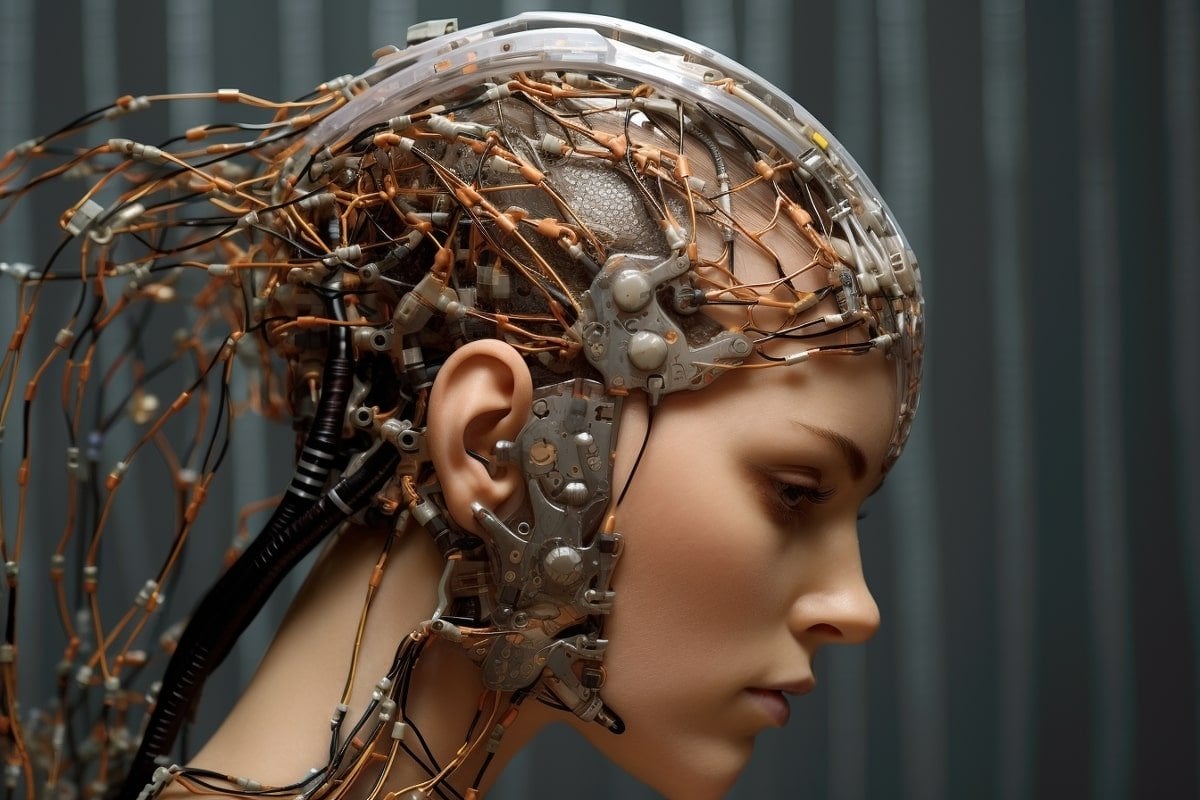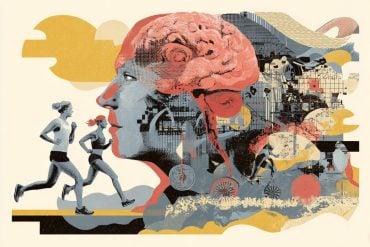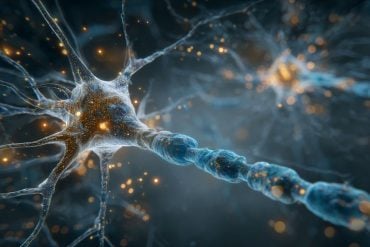Summary: Neural implants and Brain-Computer Interfaces (BCIs) have revolutionized our understanding of the brain and its interaction with technology. By translating neural activity into computational commands, they enable communication and control for individuals with motor disabilities and open up new avenues for cognitive enhancement and neuroprosthetic applications.
Recent advancements are working to overcome the challenges of biocompatibility, signal fidelity, and long-term stability. This article highlights the potential of these technologies in improving human experience and their connection to neuroscience.
Key Facts:
- Brain-Computer Interfaces can turn brain signals into computer commands, enabling people with motor disabilities to communicate and control their environments.
- Invasive neural implants, including the Utah Array and Elon Musk’s Neuralink device, offer high-resolution brain readings but face challenges such as tissue damage and signal degradation over time.
- Non-invasive methods, such as EEG and fNIRS, offer safer alternatives for BCI applications but must overcome obstacles related to signal quality and specificity.
Source: Neuroscience News
Neural implants and brain-computer interfaces (BCIs) are revolutionizing our understanding of neuroscience and broadening the horizon of human experience.
By enabling direct communication between the brain and external devices, these technologies offer enormous potential to restore sensory and motor function, treat neurological disorders, and even enhance human cognitive capabilities.
This article delves into the principles underpinning neural implants and BCIs, and how recent research and innovations are paving the way for unprecedented improvements in the human experience.
Neural Implants and BCIs: Core Principles
Neural implants and BCIs rely on the ability to record and interpret the electrical activity generated by neurons, the basic units of the brain’s computational machinery.
These technologies use a combination of electrodes implanted into the brain (or placed on the scalp in non-invasive BCIs) and sophisticated algorithms to decode the underlying patterns of neural activity.
This information can then be used to control external devices, such as a computer cursor or a robotic limb.
Advances in Neural Implants and BCIs
Since the first rudimentary BCIs were developed in the 1970s, technological advances have significantly improved their performance.
Recent innovations in electrode design and manufacturing have enabled more precise recording and stimulation of neural activity.
For instance, the development of thin, flexible electrode arrays has reduced tissue damage and inflammation, improving the longevity and reliability of neural implants.
Simultaneously, advancements in machine learning and signal processing algorithms have boosted the accuracy and speed of BCI-controlled devices.
One study demonstrated a BCI that enabled a paralyzed individual to type at a speed of 90 characters per minute, significantly surpassing the previous record.
Neural Implants, BCIs, and Neuroscience
Neural implants and BCIs have not only shown potential as therapeutic tools, but also provide invaluable insights into the workings of the brain.
By recording neural activity from different brain regions while individuals perform various tasks or undergo experiences, scientists can unravel the neural correlates of cognition, perception, and emotion.
For example, a recent study used a BCI to probe the neural basis of decision-making processes. The researchers found that specific patterns of neural activity predicted the choice an individual was about to make, even before they reported being aware of the decision.
Neural Implants, BCIs, and the Enhancement of Human Experience
Perhaps the most speculative and controversial application of neural implants and BCIs is in the realm of human enhancement.
Elon Musk’s company Neuralink aims to develop high-bandwidth BCIs that could enhance cognitive abilities, such as memory and attention, and even allow for novel experiences like telepathy or direct interaction with artificial intelligence.
While these ambitious goals are far from current technological capabilities, they highlight the profound potential of neural implants and BCIs to transform the human experience.
Conclusion
The intersection of neuroscience, engineering, and computer science embodied by neural implants and BCIs holds immense promise.
As these technologies continue to evolve, they are set to reshape not only our understanding of the brain, but also the very contours of human experience.
However, their development also raises significant ethical and societal questions that must be navigated with care.
About this brain-computer interface and neural implant research news
Author: Neuroscience News Communications
Contact: Neuroscience News
Source: Neuroscience News Communications – Neuroscience News
Image: The image is credited to Neuroscience News
Citations
“Brain-machine interface in chronic stroke rehabilitation: A controlled study” by Ramos-Murguialday A., et al. Annals of Neurology
“High-performance neuroprosthetic control by an individual with tetraplegia” by Collinger J. L., et al. The Lancet
“Ultraflexible nanoelectronic probes form reliable, glial scar–free neural integration” by Xiang Z., et al. Science Advances
“High-performance brain-to-text communication via handwriting” by Willett F. R. Nature
“Brain–machine interfaces: from basic science to neuroprostheses and neurorehabilitation” by Lebedev M. A et al. Physiological Reviews
“Representation of retrieval confidence by single neurons in the human medial temporal lobe” by Rutishauser U., et al. Nature Neuroscience
“An integrated brain–machine interface platform with thousands of channels” by Musk. E, Neuralink. bioRxiv








